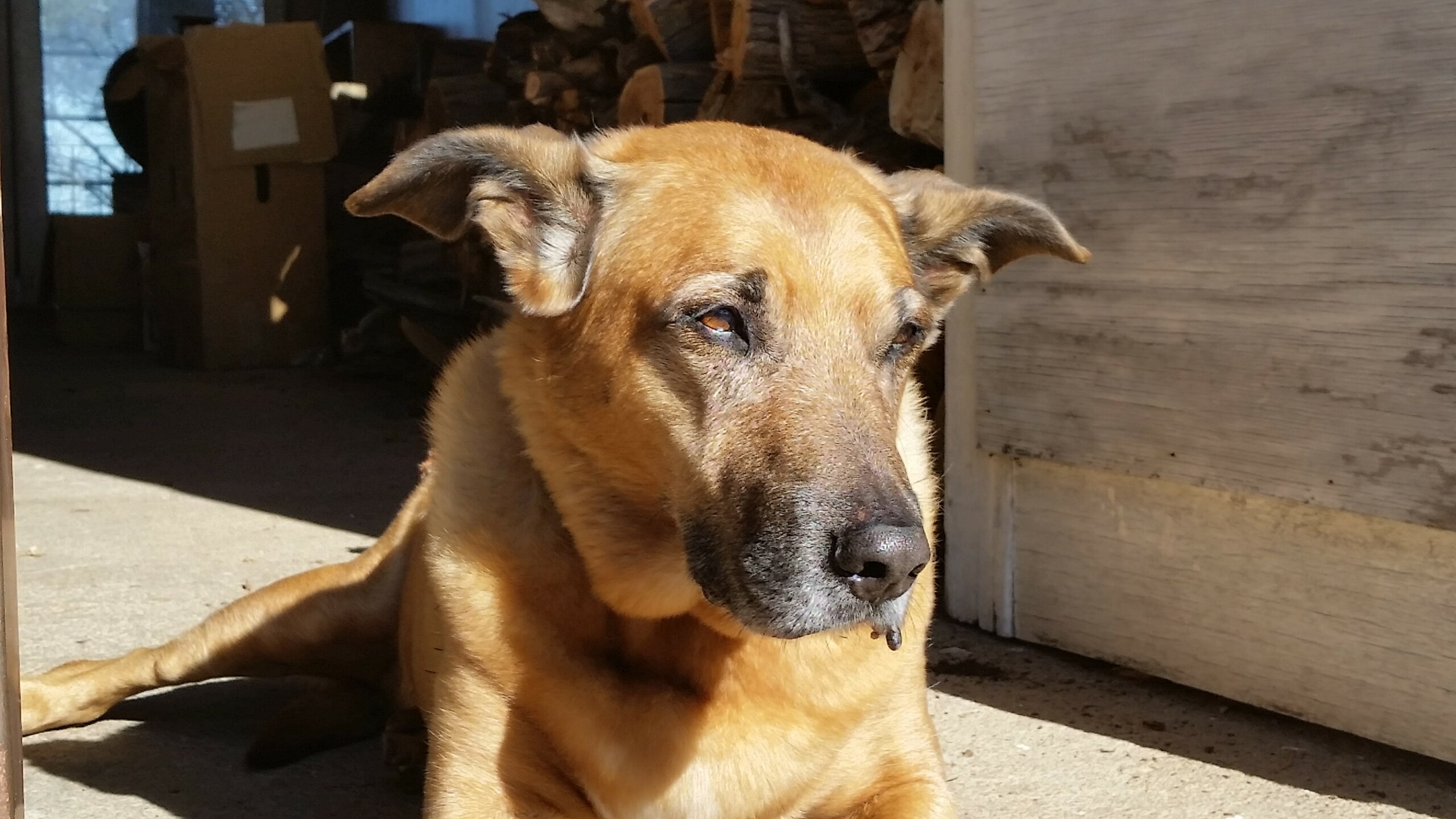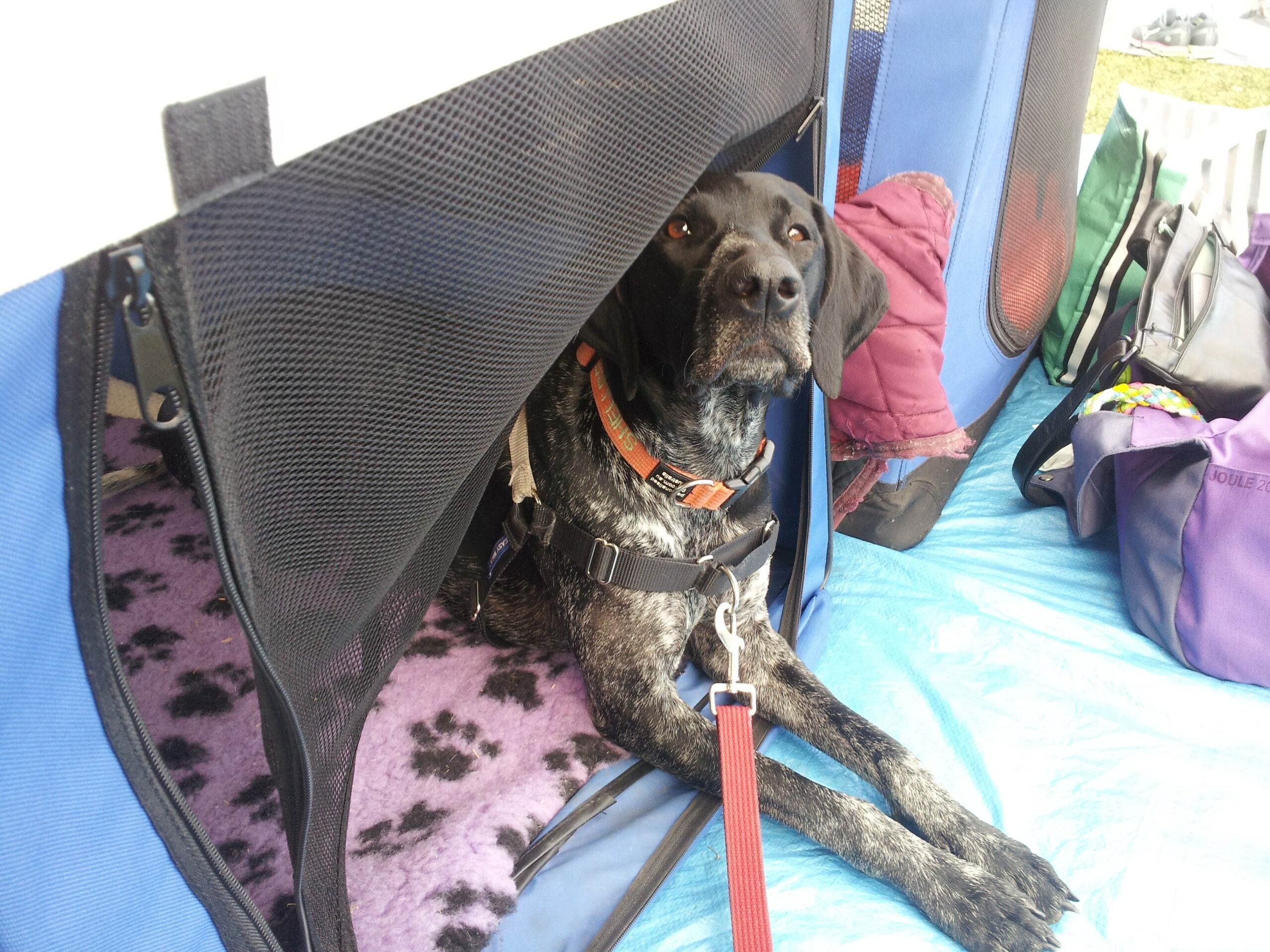Barks Blog
Finding the Underlying Cause for Barking
Go to any online dog forum and the question will come up rather sooner than later: My dog barks, what should I do?

The advice then often starts with citronella or even shock collars, rattle cans, and other unpleasant devices such as high pitched noises to name a few. I find it rather scary how easily we resort to punishment; at best doing something unpleasant and at worst something painful and scary to the dog. I am making no excuses; this is abuse plain and simple.
There is a reason why dogs bark and just ‘hitting them over the head’ is not going to make the situation any better, but potentially much worse. We keep dogs as companions but expect them to spend most of their time on their own. How is that going to work? Or we get high energy breeds who, until a couple of generations ago, had a job, and then leave them for extended periods of time in the backyard. This is a recipe for disaster.
If a dog barks, we need to figure out why he barks and address the underlying cause of the problem, not just the symptom. There are at least two main reasons for barking: boredom and separation distress. Neither warrants the use of punishment.
Lets start with the ‘easy’ one. If you work full time, have three children under the age of six and a busy life style, maybe a dog is not a good idea.
If you need to leave your dog home alone, make sure he goes out for a good walk before you leave, do training while you are out and provide some aerobic exercise. Leave his breakfast in a food dispensing toy and have additional mind games ready for him when he gets bored. Another option is to use a good day care or engage a reliable dog walker.

Photo Canine Kindergarten
If he has already started barking at anything that moves, you will have to start desensitizing all these noises or movements. Start with management, which means block out part of the view, at least to start with and turn on the radio or the TV to block out some of the noise. Desensitization involves gradual exposure to a stimulus, and counter conditioning means teaching an alternative (incompatible) behavior.
I often start with teaching the alternative behavior first. In this context: being relaxed on a bed. Started by teaching a ‘go to mat cue’ and then very gradually increase the time your dog is relaxed on the bed. In the beginning, reward with a chew and then just acknowledge relaxation by praising the dog. This is not going to happen over night.
At the same time start the desensitization process. When you are home sit with your dog’s breakfast/dinner and, every time the stimulus (or stimuli) appears, give your dog a treat. Try to manipulate the environment so that your dog does NOT bark while he sees/hears the stimulus. This means you might have to move a way from the window or turn on some background noise. Ideally we are working under threshold, meaning the dog does not react. But even if you make a mistake, and the dog barks give him a treat. We are not training as such. The treat is contingent on the stimulus being present, not on being good.

As an example: Your dog barks at other dogs going past. Sit with your dog at a distance where he does not react and every time a dog appears, feed, keep feeding until the dog disappears. The food is contingent on the stimulus being present.
On a very basic level: the food makes the dog feel better, in time the dog will associate the stimulus with food and feel better and the end result will be that the stimulus makes the dog feel better.
Once the dog is comfortable with the stimulus and anticipates the treat, put the two together. Make sure you start somewhere the dog is likely to succeed.
It then looks like this: The dog sees the stimulus, goes to bed and gets a reward. Practice makes perfect.
Another problem situation for dogs is people coming to the house. Until a few decades ago we got dogs exactly for that reason: ‘Bark at intruders!’ Most owners nowadays do not want their dogs to bark at visitors, even visitors unknown to the dog. Unfortunately no one has told the dogs that their job description has changed.
I recommend putting ‘quiet’ on cue. Again teach ‘quiet’ outside of the problematic context. Have a few treats ready (no do not wait until your dog bark), say ‘quiet’ and give your dog a treat, repeat. Then start doing this when the dog barks. You should be able to get quiet on cue very quickly.
It helps if you made a real effort to socialize your dog to strangers as a puppy. Any good puppy pre school will cover socialization as one of their main topics.
If the barking is caused by separation distress, we need to figure out first if it is a separation anxiety. If we assume it is an anxiety we might want to refer to a veterinary behaviourist who can decide on potentially using medication.
If the dog has just not learnt to be on her own we will have to start, yes again, with desensitization and counter conditioning. Puppies often do not take immediately to being left home alone and have to learn to enjoy their own company. The process remains the same for a puppy or an adult dog who vocalizes when left alone.
Teach him to go to their bed and relax. Start with a chew and just move away from him but stay in sight, very gradually increase either distance or duration. Once he remains relaxed on his bed, start leaving the room and come back immediately. Do not make fuss. Keep going until your dog is able to stay relaxed while you are away for the desired amount of time.
One word about coming home, I find it extremely rude and stressful to not acknowledge the dog and wait until he has settled down. This is a bit like the children coming home from school or your partner from work, and you just ignore them. I do not think that to be appropriate. Do not make a big fuss but please say hello to your dog. He just spent a long time on his own and really wants to reconnect with you.

